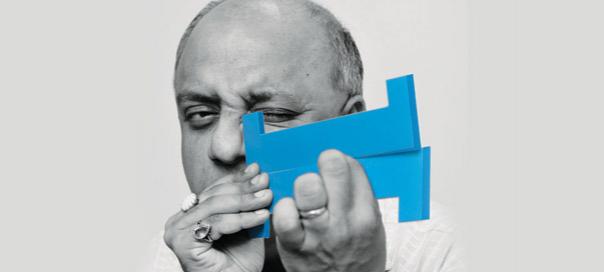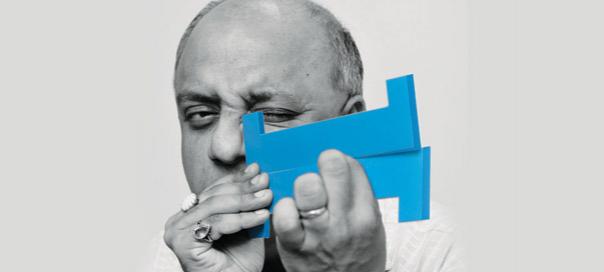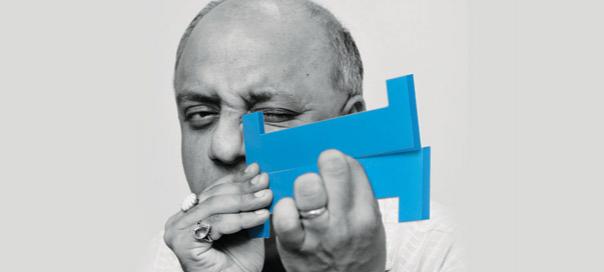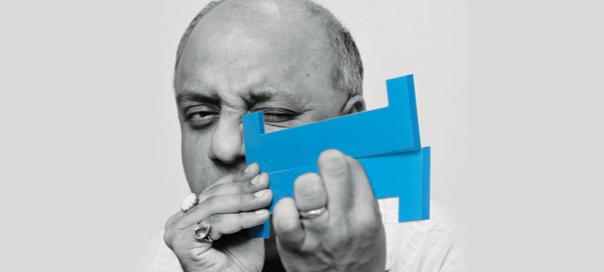Every crime begets punishment as per the rule of law; this is central to every democratic society. However, what is increasingly becoming a regular but despicable practice in India is trial by the media that is judgemental and sanctimonious, and belittles every segment of the Fourth Estate of this democracy.
The most recent victim of this game of insinuation and conjecture has been former Supreme Court judge Justice AK Ganguly. In the month-and-a-half since Justice Ganguly was accused by his intern of sexual abuse, we have seen something of a fervent witchhunt by self-proclaimed, self-righteous media houses.
There is no doubt that every allegation of rape and sexual violence is serious and needs to be investigated according to the due process of law. In this case, the intern wrote on her blog in November 2013 that a retired SC judge had made sexual advances towards her during their stay at a hotel in New Delhi in December 2012. Following this, the Chief Justice of India P Sathasivam had set up a three-judge fact-finding committee. While Justice Ganguly’s name was not made public, he deposed before the panel even as the victim filed additional affidavits supporting her claims. After the panel submitted its report to the CJI, saying there was “prima facie evidence” of “unwelcome behaviour” by Justice Ganguly, his name was made public. While Justice Ganguly reiterated that the allegations were false and a conspiracy by the West Bengal government, the Supreme Court chose to take no action because the judge had retired.
Amidst all this, a section of the media started a campaign calling for the ouster of Justice Ganguly as the chief of the West Bengal Human Rights Commission. In what was evidently a slanderous pursuit, the media made him the accused though no FIR had been lodged in the case. The media does have a right to report on such issues in the public interest, but the way guilt is attributed prior to the law taking its course is harmful to the cause of justice. In this case, even before an offence was registered, the “accused” was presumed guilty, before he could be heard or face fair investigation.
After Additional Solicitor General Indira Jaising made the intern’s complaint public, the media became all the more zealous in the pursuit of Justice Ganguly’s resignation, assuming the statement to be true even when it had not been verified in a court of law. The victim perhaps suffered indignity. But she made no formal complaint to the police and the “accused” kept on denying the allegations; still the media went on to pronounce Justice Ganguly ‘guilty’. Such labelling can do incalculable harm to a person’s reputation. In this context, the observations of a Division Bench of the Supreme Court comprising Justices P. Sathasivam and Swatanter Kumar in a 2010 judgment are instructive: “Presumption of innocence of an accused is a legal presumption and should not be destroyed at the very threshold through the process of media trial and that too when the investigation is pending. In that event, it will be opposed to the very basic rule of law and would impinge upon the protection granted to an accused under Article 21.” The Bench had cautioned that “every effort should be made by the print and electronic media to ensure that the distinction between trial by media and informative media is maintained”.
In this case, the media followed no such caution. It is pertinent to mention that Justice Ganguly is a respected former SC judge who spearheaded many important judgments in the past, including the one in the 2G scam case that sent former telecom minister A. Raja to jail. What the media needs to do at this hour is to mull over the difference between media activism and trial by media. In cases like the Jessica Lal murder or the Nitish Katara murder, the media did a commendable job by acting as a catalyst in the speedy progress of the trials. However, these glories have gone downhill and are now followed with intense media scrutiny in judicial matters. Another recent case of embarrassment for the media was the slugfest that news channels were caught in after the expose of the Tehelka ‘rape’ case, involving senior journalist Tarun Tejpal. The story captured the headlines and commentaries as the public was served minute-by-minute, hour-by-hour information on the episode. There is no denying that Tejpal was morally absolutely wrong; he went on to accept his crime. But an unsatisfied media went on to question the credibility of Tehelka and its antecedents, and even hounded journalist Shoma Choudhury out of the institution in what was a clear process of media trial.
A recent case of media trial resulted in the suicide of Khurshid Anwar, a Delhibased NGO chief. Anwar had been accused of sexual assault by a colleague but was tried and convicted not by law, but by the media. For over three months, no FIR had been filed against him. The complainant was not subjected to a medical test. But the media pursued a targeted vilification campaign by broadcasting tapes vilifying him. Humiliated, Anwar jumped to his death even as he denied the charges.
Here we may recall the media coverage of rape and murder of a 23-year-old girl on December 16, 2012 in Delhi. The reportage of the event was mostly aimed at the nature of punishment that the rapists should be given rather than analysing how society looks at women and their problems. Most newspapers and TV channels advocated death penalty for the accused, which probably influenced the judges to consider the case to be “rarest of the rare”. All this reveals a sorry side of the media. The media’s refusal to go in-depth into an issue can be considered as the probable reason for its narrowed viewpoint. As it does not want to investigate facts, it dwells on surface aspects of incidents, especially those concerning sexual harassment. However, by taking this easy way out, the media does nothing for women’s empowerment or raising people’s consciousness about sexual harassment, gender injustice and discrimination.
Feedback: abatra@exchange4media.com
























